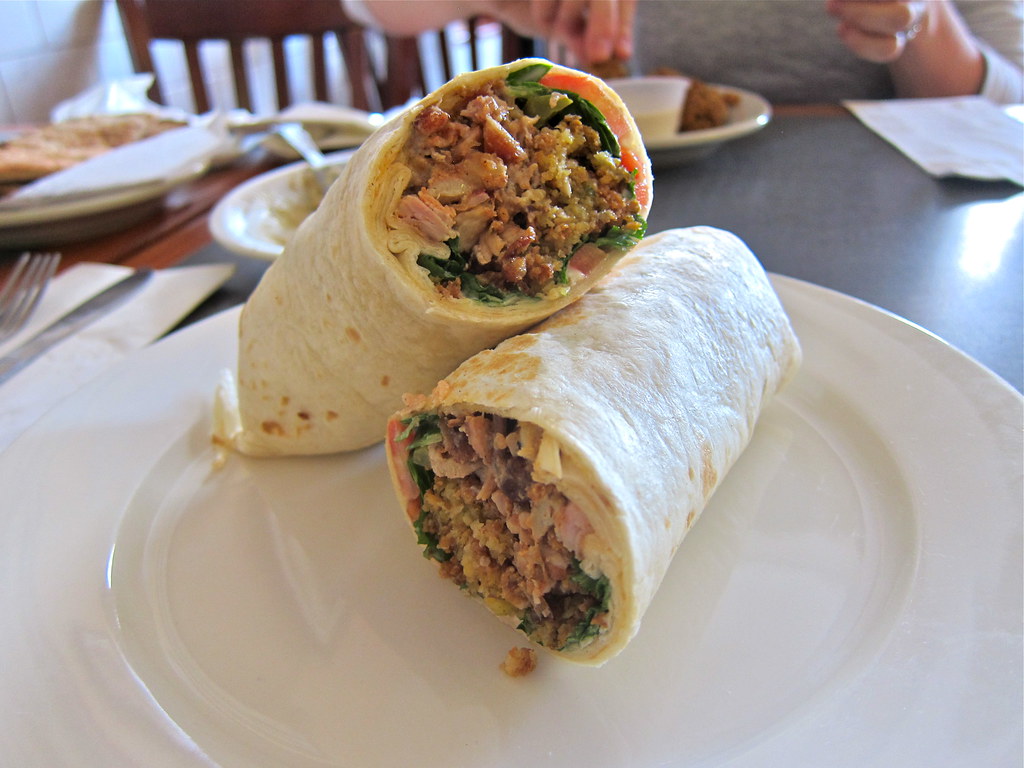Shawarma, a beloved staple of Levantine cuisine, has been tantalizing taste buds with its spiced, juicy meats and vibrant accompaniments for centuries. Known for its tender slices of meat cooked on a slowly-rotating spit, this dish is more than just food; it’s a cultural phenomenon that encapsulates the essence of the Levant. In this article, we delve into the captivating world of shawarma, exploring its origins, traditional recipes, and the personal stories that paint a picture of its significance in Middle Eastern culture.
Contents
The Historical Tapestry of Shawarma
Shawarma’s roots can be traced back to the Ottoman Empire, a testament to the region’s rich history of culinary innovation and cultural exchange. Originally developed as a method for cooking meat efficiently, the technique of roasting meat on a spit has evolved through the ages, adapting to the tastes and traditions of various cultures. This method not only preserved the meat’s moisture and flavor but also provided a communal way for people to enjoy food together in bustling markets and busy streets.
Today, shawarma is a symbol of Levantine hospitality, served in homes and restaurants from Damascus to Beirut, and its popularity has spread far beyond the Middle Eastern borders.
Traditional Shawarma Recipes
Classic Chicken Shawarma
The quintessential Falafel Calgary shawarma experience begins with chicken—marinated in a blend of garlic, lemon juice, and traditional spices such as cumin, paprika, turmeric, and a pinch of cinnamon. The marinade is crucial as it not only flavors the meat but also tenderizes it, allowing the spices to penetrate deeply. The chicken is then stacked on a skewer and cooked on a rotating spit, ensuring it cooks evenly and retains its juices. Served with garlic sauce, pickles, and fries wrapped in a soft pita, chicken shawarma offers a delightful mix of textures and flavors.
Beef Shawarma Delight
For beef enthusiasts, beef shawarma presents a richer taste. The beef is typically marinated in a similar spice mix but includes a hint of allspice and sometimes a splash of vinegar to enhance the robustness of the meat. Once grilled, the beef is often served with tahini sauce or a red onion and sumac salad, adding a sharp contrast to the meat’s deep flavors. Wrapped in a freshly baked laffa, this version of shawarma is both hearty and fulfilling.
Vegetarian Shawarma Twist
Adapting to the growing demand for plant-based options, vegetarian shawarma has made a notable entry into the shawarma scene. Using ingredients like marinated jackfruit or seasoned tofu, these vegetarian alternatives mimic the texture and flavors of traditional shawarma, ensuring that everyone can enjoy this Middle Eastern favorite. Accompanied by an array of grilled vegetables, tahini, and a sprinkle of pomegranate seeds, vegetarian shawarma is both nutritious and flavorful.
Stories from the Levant: Shawarma at the Heart of Community
Beyond the recipes, shawarma holds a special place in the social fabric of Levantine communities. Each preparation and serving carries stories of family gatherings, late-night eats with friends, and festive celebrations.
Family Traditions
In many Levantine homes, preparing shawarma is a family affair, with recipes passed down through generations. These family recipes are not just methods of cooking but are imbued with memories and anecdotes, each ingredient carrying a piece of family history.
Shawarma in Local Markets
The local markets, or souks, are where shawarma truly comes to life. Amidst the vibrant chaos, shawarma stands offer a quick, delicious meal for shoppers and merchants alike, often becoming a gathering spot where news is exchanged, and friendships are deepened. Here, shawarma is more than just sustenance; it’s a part of the day-to-day social exchange.
Celebratory Feasts
Shawarma also plays a central role in celebrations and festivals. Its presence at a wedding or during a holiday like Eid adds to the festivity, bringing people together over shared meals. The act of sharing shawarma, with its communal plates and casual style, embodies the Levantine spirit of community and hospitality.
Conclusion: A Culinary Emblem of the Levant
Shawarma is not just a dish but a celebration of Levantine culture and its rich culinary traditions. From the sizzling spits in bustling souks to quiet family kitchens, shawarma brings people together, offering a taste of home and heritage. As we explore these recipes and stories, we’re reminded of the power of food to transcend boundaries, fostering connections and creating memories. Shawarma, with its delightful flavors and communal spirit, continues to be a beloved emblem of the Levant, savored by people across the world.
